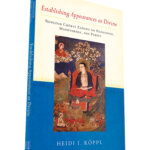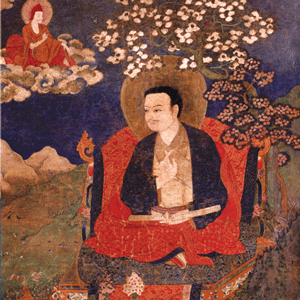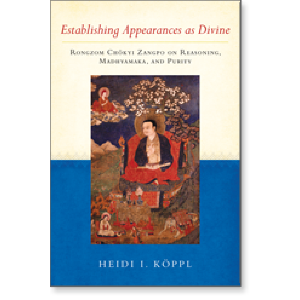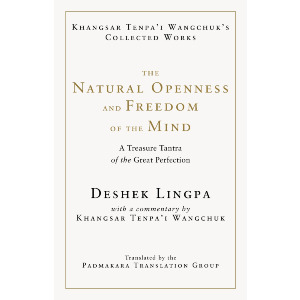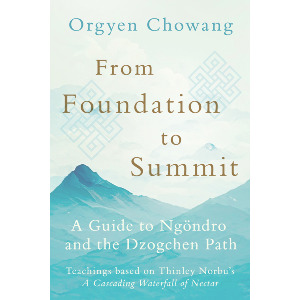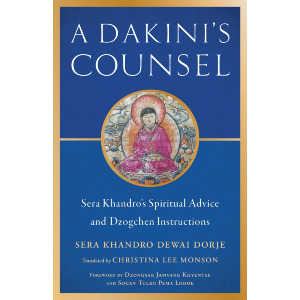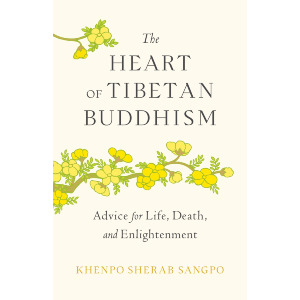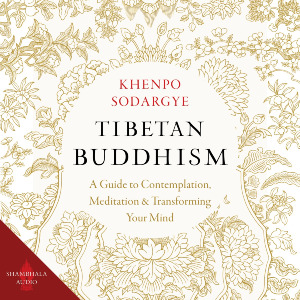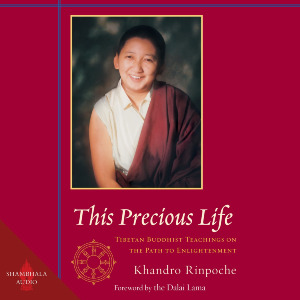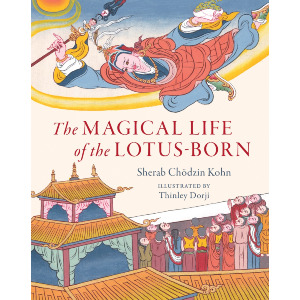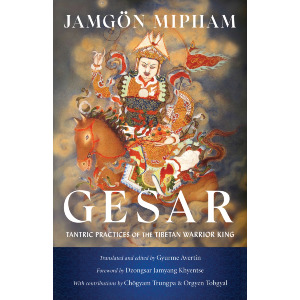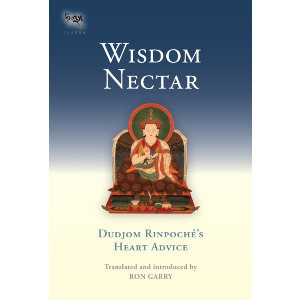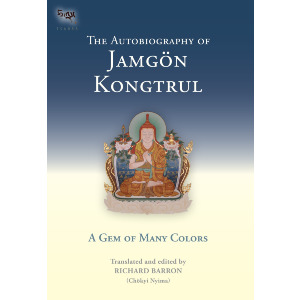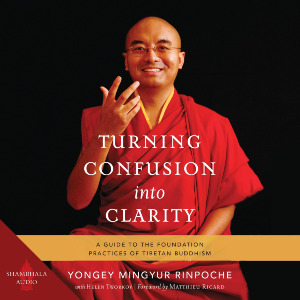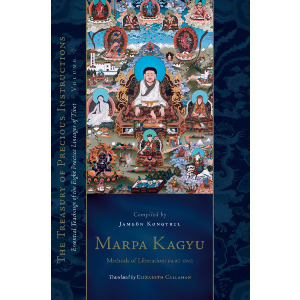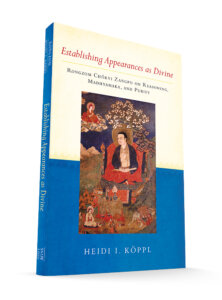
Rongzom explains that the view of the inseparability of the two truths begins to dawn with the tantras, yet it is only fully perfected in the Great Perfection. When an imaginary opponent inquires why the Madhyamaka does not set forth such a view of inseparability, Rongzom states that as long as one believes both truths to be true, one will never succeed in discarding the dualistic mindset. One could propose that ultimately the two truths are inseparable without giving up the idea that illusory phenomena exist on the relative level. Thus, even when attempting to establish dharmata as nondual, one would still retain a dualistic perspective. The person who falls into this trap, Rongzom continues, might argue that what exists by way of imputation is ultimately free from mental constructs and therefore similar to illusion, yet he will not assert the same on the relative level, for he cannot accept that phenomena should lack substantial efficacy even conventionally. Thus, even while examining the characteristics of substantial existence and concluding that indeed such existence is unestablished, one will still not have mentally discarded the two ontological modes. Rongzom illustrates his point by referring to appearances (snang ba): as long as one assumes that there is an appearance that can be taken as the subject (chos can, dharmin) or used as an illustration (mtshan gzhi, drstanta) in argument, and as long as one considers this property or illustration to be free from mental constructs (spros bral, nisprapañca) and thus mere illusion, one still conceptualizes the characteristics of appearances. Therefore, the view of great equality remains yet to be accomplished, for by identifying a particular appearance and then concluding that this indeed is beyond mental constructs, the appearance aspect (snang ba’I cha) and the empty aspect (stong pa’I cha) become temporarily separated.
These explanations on the Madhyamikas’ lack of realization of the inseparability of the two truths are very telling, for they specify that appearances’ aspect and their empty nature must be seen as inseparable for the view to qualify as great equality. Thus any objectification of the relative truth that specifies “authentic” (yang dag) relative principles would separate the two truths and prevent one from the sudden, full, and direct realization of the actual nature.
The view of equality is also explained as equality inseparable from purity. Let us consider a statement from Rongzom’s commentary to the Garland of Views as Oral Instructions: “The Madhyamikas are attached to the relative truth as being the experiential domain of impure characteristics.”
Here Rongzom not only objects to the Madhyamaka belief in an authentic relative truth and its view of the two truths as separate identities, but also to the view of the relative as impurity. This underscores Rongzom’s tantric perspective and his commitment to purity. Rongzom draws the dividing lines between Sutra and Mantra based on a) whether relative truth is reified as distinct from the ultimate, as in the case of Madhyamaka, and b) whether, on the relative level, appearances are perceived as purity (Mantra) or impurity (Sutra). Thus, for Rongzom, there is a clear connection between objectification of the relative and the view of impurity. For a tantrika like Rongzom, the Madhyamaka separation of ultimate and relative truths and the ensuing division of the relative into authentic and inauthentic aspects disparage the central esoteric notions of unity, equality, and purity. By setting forth an authentic relative and ascribing it a more genuine mode of existence than what is dismissed as the mistaken relative, one is blinded to the ultimate truth of great equality. Moreover, this equality is not realized, as the Madhyamikas would have it, by a negation of relative phenomena. The ultimate equality, the nature of all phenomena, is inseparable from relative appearances, the appearances of great purity. In conclusion, according to Rongzom’s tantric perspective, appearances are by nature pure and therefore need not be negated. As there is nothing to discard within their purity, everything remains as great equality. If phenomena were not universally pure they could not be equal, and unless everything is absolutely equal, one cannot establish the truth of purity.


